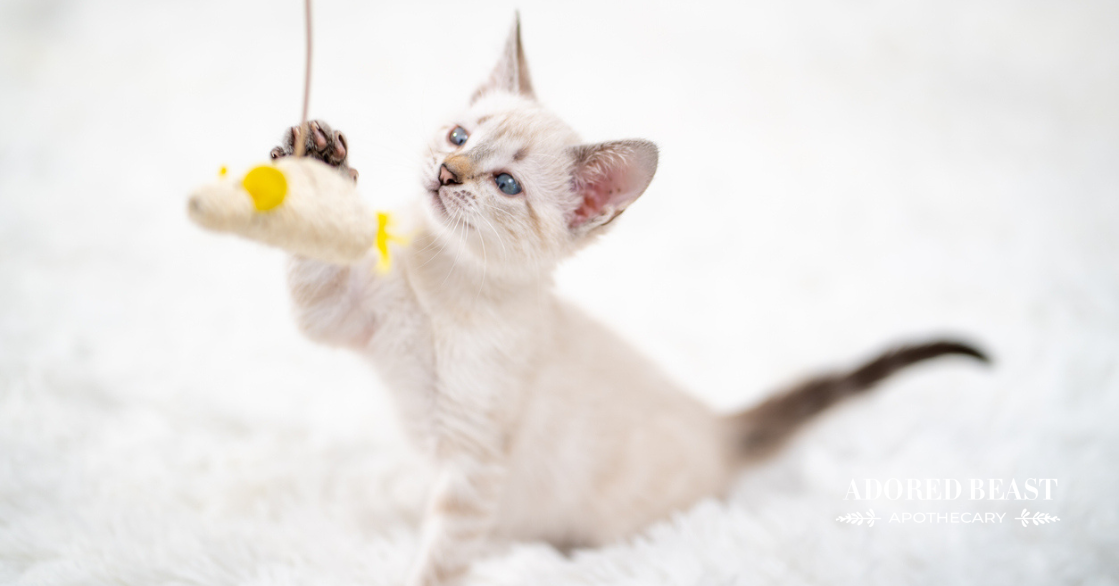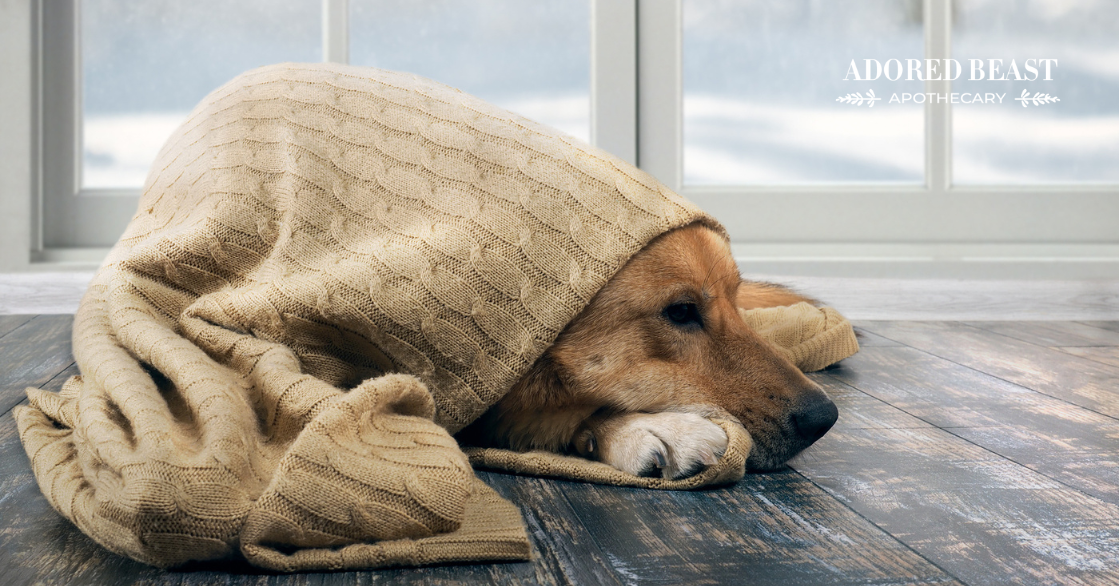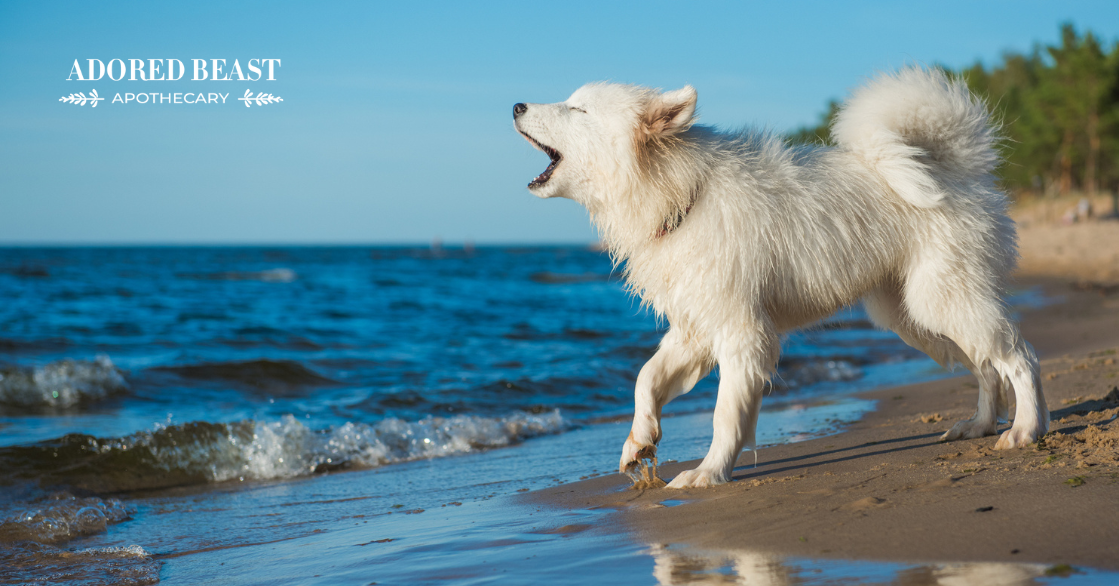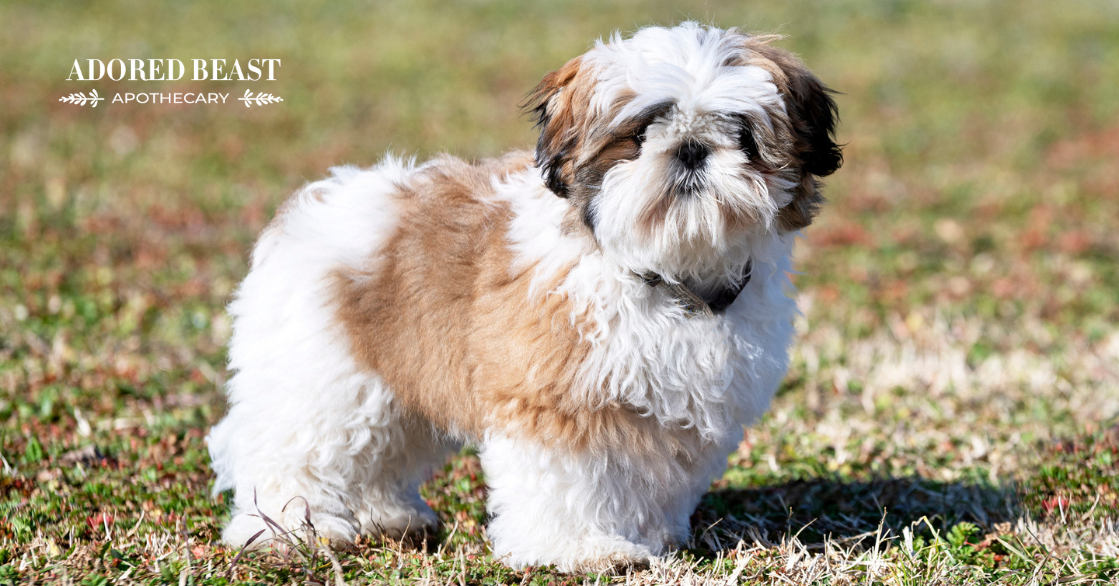When many of us think about cats in general, we usually think about their leisurely lifestyle and endless napping. (Maybe their stubborn, sassy nature, too – but that’s a totally different blog). We picture them lying in the sun, in a warm, cozy nook, or lazily pawing at a toy on the floor.
We often don’t think about activity and exercise when it comes to our feline friends.
But are we doing them a disservice? Do cats need exercise? Should we be spending time playing with them, engaging their minds and bodies?
When it comes to their well-being, exercise is as essential for cats as it is for us. In this blog, we’ll explore the significance of exercise for our feline companions, the various types of activities they can enjoy, and how exercise needs evolve throughout their life stages.
Do Cats Need Exercise?
As mentioned, yes, exercise is essential for all cats.
And it’s not just about keeping your kitty in shape; it’s essential for their overall health, both mentally and physically.
Here are a few reasons why exercise is vital for your furry friend:
- Weight Management: Like humans, cats can become overweight or obese, which can lead to various health problems. Regular exercise helps keep their weight in check.
- Mental Stimulation: Exercise keeps your cat’s mind active and engaged. It can also help prevent boredom and behavioural issues like excessive grooming or aggression.
- Muscle Tone: Regular activity helps maintain muscle strength and tone. This is especially important for older cats to prevent muscle atrophy.
- Digestive Health: Exercise aids in healthy digestion and can reduce the risk of constipation.
- Social Interaction: Many interactive play sessions involve you, providing valuable bonding time with your feline friend.
We’ll note here that play – stalking and chasing – is an important part of the digestive process.In fact, it kicks it off by preparing the digestive system for what’s coming. In the wild, the hunting process – chasing, and thus tiring out the prey – alerts the brain and preps the body. By recreating this process at home with play, we’re mimicking that process and helping the digestive system get ready for what’s coming next (food!!).
Types of Cat Exercise
Sure, you’re probably not going to start taking your cat to agility classes or popping on a collar and walking them through the trails. But keeping your cat active and engaged can be easy!
Let’s start with this: cats are natural hunters, and they love to chase, pounce, and stalk. Working that into any play is going to make them very happy. Here are some enjoyable ways to incorporate exercise into your cat’s daily routine:
- Interactive Toys: Toys like feather wands, mouse toys, and interactive puzzles stimulate your cat’s hunting instincts and keep them mentally engaged.
- Cat Trees: A cat tree with scratching posts and perches provides not only a great workout but also a space for your cat to climb and explore. Plus, it can help save the arms of your couch!
- Playtime with You: Dedicate a few minutes each day to play with your cat. Use toys that mimic prey, such as feather toys or small, moving objects. Remember, this is important near mealtime to help start the digestive process off.
- Catnip Play: Many cats enjoy catnip. Offer catnip-infused toys or sprinkled on scratching posts to encourage play. Here’s some more great info on catnip!
- Environmental Enrichment: Create a cat-friendly environment by providing hideaways, tunnels, and shelves to encourage exploration and exercise. Create obstacle courses – anything over, under, through! And keep those boxes!
Exercise at Different Life Stages
Kitties can be little balls of energy, and you want to feed that energy, but do cats need exercise if they’re older?
Yes – the answer is still yes! That said, cats will have different exercise requirements as they age, and it’s important to keep that in mind.
Here’s a breakdown of what to consider at different life stages:
- Kittens: Kittens are bundles of energy. They need more play and exercise to burn off that youthful exuberance. Engage in daily interactive play sessions to help them develop their physical and mental skills.
- Adult Cats (1-7 Years): Most adult cats benefit from at least 15-20 minutes of daily play and exercise. Make sure they have access to toys and opportunities to explore their environment.
- Senior Cats (7+ Years): As cats age, they might slow down, but exercise is still essential. Adjust the intensity and duration of play to accommodate their energy levels and any physical limitations.
- Indoor Cats: Cats that live indoors exclusively need extra attention to ensure they get enough exercise. Engage them in more frequent and interactive play sessions.
- Overweight Cats: If your cat is overweight, focus on gradual weight loss through increased exercise and a balanced diet.
- Special Considerations: Cats with certain medical conditions may require tailored exercise plans. Always consult your veterinarian for advice on exercise for cats with unique needs.
Exercise is a crucial component of your cat’s overall health and happiness. It provides mental stimulation, helps maintain a healthy weight, and fosters the strong bond between you and your feline friend. Whether your cat is a playful kitten, an active adult, or a wise senior, there are various ways to keep them engaged and fit. So, let’s get those paws moving, and ensure your kitty enjoys a life full of fun, vitality, and well-being!












